java.time
The modern approach uses the java.time classes only.
No need to ever use SimpleDateFormat, Date, Calendar, and the other terrible legacy date-time classes. If need be, you can convert to and fro via new conversion methods added to the old classes.
Start of day
I am trying to get the start time (00:00:00)
Do not assume the day starts at 00:00. Some dates in some zones start at another time such as 01:00. Let java.time determine the first moment of the day using LocalDate#atStartOfDay.
End of day
the end time (23:59:59) of a day
You would be missing an entire last second of the day with that approach.
Date-time work is commonly done with the Half-Open approach. In Half-Open, the beginning is inclusive while the ending is exclusive. So a day starts with the first moment of the day, and runs up to, but does not include, the first moment of the following day. Half-Open approach neatly contains that full last second of the day.
Time zones
PST time zone.
There is no such thing as a time zone named PST. Such 2-4 letter pseudo-zones are used by the popular media to indicate a hint about the time zone. But these pseudo-zones are not standardized, and are not even unique! Use only for localized presentation to humans, never for data storage or data exchange.
Real time zones are named with Continent/Region.
Perhaps by “PST” you meant “Pacific Standard Time”, which often indicates America/Tijuana, or America/Los_Angeles or America/Vancouver or others.
Or perhaps by “PST” you meant “Philippines Standard Time” covering the Asia/Manila time zone.
Example code
Capture the current moment as seen in a time zone.
ZoneId z = ZoneId.of( "America/Los_Angeles" ) ;
ZonedDateTime zdt = ZonedDateTime.now( z ) ;
Extract the date.
LocalDate today = zdt.toLocalDate() ;
Determine the first moment of the day.
ZonedDateTime zdtStartOfDay = today.atStartOfDay( z ) ;
And determine the first moment of the following day.
ZonedDateTime zdtStartOfFollowingDay = today.plusDays( 1 ).atStartOfDay( z ) ;
You may want to see the length of time. Not all days are 24 hours.
Duration d = Duration.between( zdtStartOfDay , zdtStartOfFollowingDay ) ;
Adjust both moments to UTC by extracting an Instant object. That class represents a moment as seen in UTC.
Instant start = zdtStartOfDay.toInstant() ;
Instant end = zdtStartOfFollowingDay.toInstant() ;
For each, get the count of milliseconds since the epoch reference of first moment of 1970 as seen in UTC, 1970-01-01T00:00Z.
long startMilli = start.toEpochMilli() ;
long endMilli = end.toEpochMilli() ;
However, I strongly recommend against tracking time as a count of milliseconds. This approach is confusing, as at least a couple dozen epoch reference points are commonly used. And a long cannot be interpreted by a human reader, so mistakes may go unnoticed.
Instead, data storage and data exchange should generally be done as text using the standard ISO 8601 formats. The java.time classes use these standard formats by default when parsing/generating text.
String startText = start.toString() ;
String endText = end.toString() ;
ThreeTen-Extra
You may want to add the ThreeTen-Extra library to your project. This gives you access to the Interval class, to represent a span of time as a pair of Instant objects.
Interval allDayLongToday = org.threeten.extra.Interval.of( start , end ) ;
This class provides several helpful methods. These include contains, encloses, abuts, union, intersection, and more.
Instant invoiceRecorded = … some `Instant` ;
boolean invoiceRecordedToday = allDayLongToday.contains( invoiceRecorded ) ;
